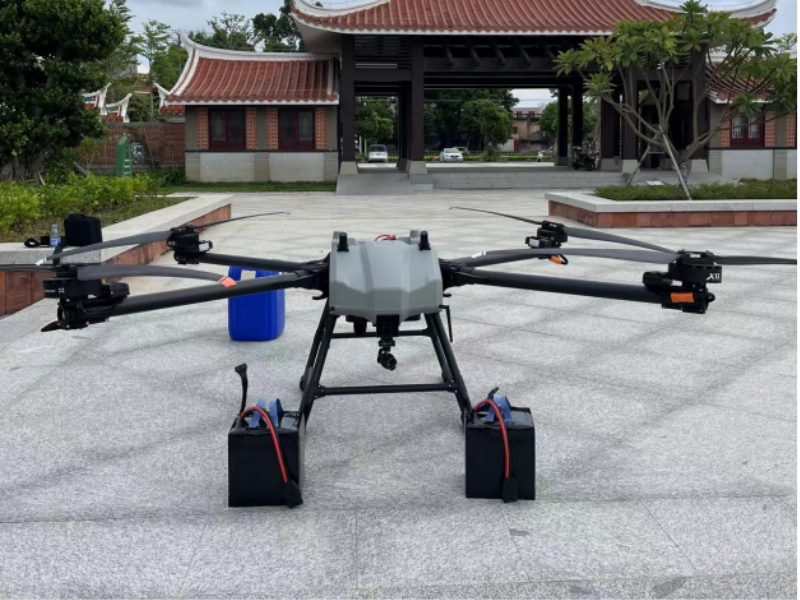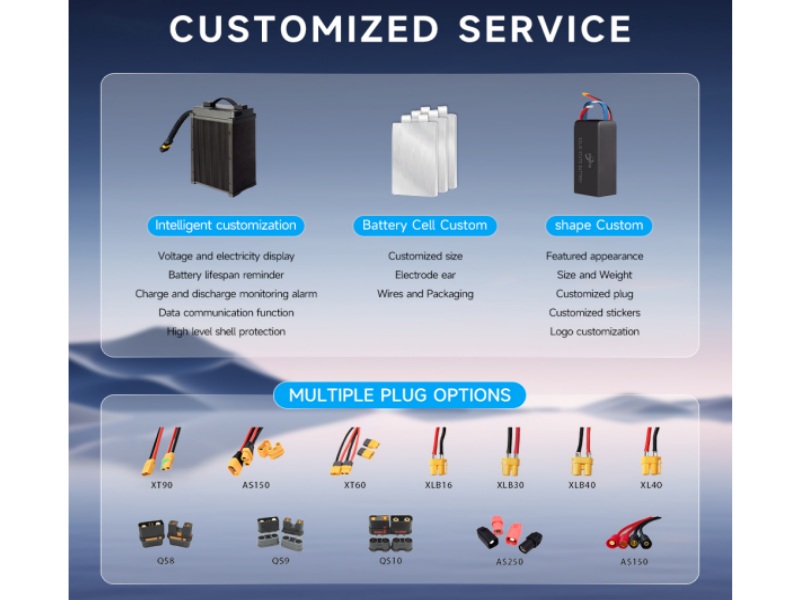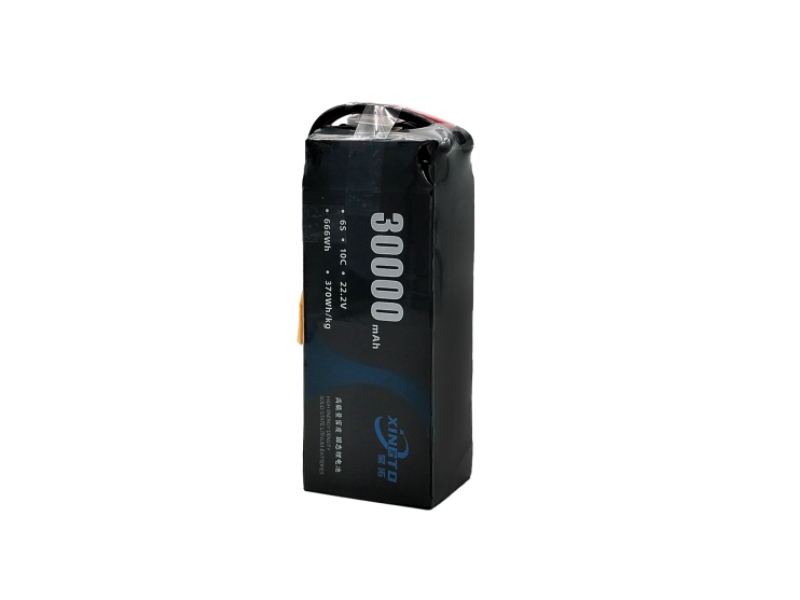How long can industrial drones used for lifting fly? Key factors and practical insights
Industrial drones used for lifting - These heavy unmanned aerial vehicles (UAVs) are of great significance in industries such as construction, logistics, agriculture, and emergency rescue. They can carry loads of over 100 kilograms and perform operations such as transporting equipment, delivering medical supplies, or supporting search and rescue missions. However, a core issue facing the industry is: "How long can these types of industrial drones for lifting actually fly?"

The answer is not simple, as flight time is influenced by multiple variables. This article will break down the key factors that affect flight duration, provide actual time ranges, and share practical tips for improving efficiency. Whether you are evaluating a purchase or optimizing your job, this guide will help you plan more reasonably.
Why Flight Time Matters for Lifting Drones?
For industrial lifting drones, flight time directly impacts productivity and cost-effectiveness. A drone that can only stay airborne for 15 minutes may struggle to complete tasks like moving materials across a large construction site, while one with 40+ minutes of flight time can cover more ground, reduce downtime, and lower operational costs.
Unlike small consumer drones (which typically fly 20–30 minutes), heavy-lift drones face unique challenges: their larger size, heavier batteries, and payload demands complicate energy management. Let’s explore what determines their flight time.
Key Factors Affecting Flight Time of Lifting Drones
Several interrelated factors influence how long a lifting drone can stay airborne. Understanding these will help you set realistic expectations and optimize performance.
1. Payload Weight
The most significant factor is the weight the drone must lift. Every additional kilogram of payload reduces flight time exponentially. For example:
A drone designed to lift 10kg might fly 30 minutes with a 5kg payload but only 15 minutes with a 10kg load.
Heavier payloads (e.g., 50kg) can cut flight time by 50–70% compared to the drone’s “empty” capacity.
This is because more energy is required to counteract gravity and maintain lift. Manufacturers often specify flight times for maximum payload (the heaviest load the drone can safely carry), so always check this metric first.
2. Battery Technology & Capacity
At present, semi-solid state batteries are commonly used for lifting drones due to their high energy density of 420wh/kg, which makes them lighter in weight and smaller in size. But the battery capacity (Ah) and voltage (V) directly determine energy storage:
Higher capacity (Ah): More energy storage=longer flight time. For example, a 10000mAh battery can store more energy than a 5000mAh battery.
Voltage (V): High voltage systems (such as 6S LiPo vs. 4S) can provide more power to the motor, improve efficiency but increase weight.
Larger batteries can extend flight time, but also increase weight, thereby reducing load capacity. Choosing industrial drone batteries requires balancing these factors according to demand.

3. Motor & Propeller Efficiency
Lifting drones use high-torque electric motors paired with large propellers to generate lift. Efficient motors (e.g., brushless motors) and aerodynamically optimized propellers minimize energy waste.
Brushless motors: More efficient than brushed motors (up to 90% efficiency vs. 70–80%), reducing heat loss and extending battery life.
Propeller size/shape: Larger, slower-spinning propellers generate more lift per watt of power, improving efficiency. For example, a drone with 22-inch propellers may outperform one with 15-inch props when lifting heavy loads.
Manufacturers often test flight times with optimized motor-propeller setups, so sticking to recommended configurations is key.
4. Environmental Conditions
External factors like temperature, wind, and altitude significantly impact flight time:
Temperature: Cold batteries (below 10°C/50°F) lose capacity, while extreme heat (above 35°C/95°F) increases energy consumption due to cooling demands.
Wind: Headwinds force the drone to work harder to maintain position, draining batteries faster. A 10mph headwind can reduce flight time by 15–20%.
Altitude: Higher altitudes mean thinner air, which reduces propeller efficiency. Drones may need 10–30% more power to lift the same payload at 1,000m vs. sea level.
5. Flight Profile
How the drone is operated matters. Aggressive maneuvers (sharp turns, rapid ascents) or hovering in place consume more energy than steady, level flight. For example:
Hovering: Uses the most power (up to 20% more than forward flight) because the drone must continuously generate lift to counteract gravity.
Forward flight: More efficient, as aerodynamic lift reduces the load on propellers.
Operators can extend flight time by planning routes that minimize hovering and prioritize steady movement.
Typical Flight Time Ranges for Industrial Lifting Drones
While there’s no one-size-fits-all answer, here are realistic flight time benchmarks based on industry data:
| Drone Model | Max Payload | Battery Capacity | Typical Flight Time (Empty) | Flight Time (Max Payload) |
|---|---|---|---|---|
| DJI Matrice 300 RTK | 2.7kg | 5,800mAh (LiPo) | 40–45 minutes | 30–35 minutes |
| Freefly Alta X | 13.6kg | Custom LiPo (12S) | 25–30 minutes | 15–20 minutes |
| Wingcopter 198 | 6kg | 10,000mAh (Li-ion) | 45–50 minutes | 30–35 minutes |
| Pyka Pelican | 3.3kg | 12,000mAh (LiPo) | 35–40 minutes | 25–30 minutes |
Note: These times assume optimal conditions (25°C, no wind, sea level).
As shown, even heavy-lift drones (e.g., Freefly Alta X with a 13.6kg payload) rarely exceed 20 minutes of flight time. Lighter-lift models (5–10kg payloads) often range from 25–45 minutes under ideal conditions.
How to Maximize Flight Time for Lifting Drones
While you can’t change physics, these strategies will help extend flight time and improve efficiency:
1. Optimize Payload
Only carry what’s necessary. Use lightweight materials (e.g., carbon fiber for accessories) to reduce total weight. For multi-stop deliveries, plan routes to minimize backtracking and reduce total payload per trip.
2. Upgrade Batteries
Invest in high-capacity, lightweight batteries (e.g., LiPo with low internal resistance). Some operators use swappable battery systems to replace depleted packs in minutes, keeping drones in the air longer.
3. Tune Motors & Propellers
Work with manufacturers or engineers to match propeller size, pitch, and motor KV (revolutions per volt) to your typical payload and mission profile. This ensures peak efficiency.
4. Monitor Weather & Environment
Avoid flying in extreme temperatures or high winds. Use apps to check wind forecasts and plan flights during calm conditions (e.g., early morning).
5. Fly Efficiently
Program autonomous missions with tools to prioritize steady, direct paths. Minimize hovering by adjusting camera angles or using gimbals for stable footage without stopping.
6. Maintain Batteries
Follow manufacturer guidelines for charging (avoid overcharging), storage (keep at 40–60% charge for long-term storage), and inspection (check for swelling or damage).
Conclusion
So, how long can industrial lifting drones fly? Typically, 15–50 minutes, depending on payload, battery capacity, and conditions. While this may seem short, advancements in battery technology (e.g., solid-state batteries) and efficient motor designs are steadily increasing flight times.
To maximize your drone’s performance, focus on optimizing payload, maintaining batteries, and flying strategically. By understanding the factors that influence flight time, you can select the right drone for your needs and plan missions that balance productivity with safety.
Whether you’re delivering critical supplies or supporting construction projects, a well-managed lifting drone will keep your operations efficient and reliable.





